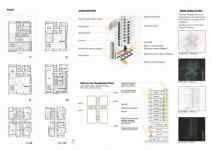Modern architecture aiming at rediscovering traditional techniques and decorative culture in the Edo period.
This design rediscovers the traditional techniques and decorative use of Japanese paper from the Edo period. The thick paper, originally imported from China, is patterned with ground oyster shell and mica powders and is commonly used to cover sliding doors. `Tokyo Matsuya` is a well-established company that has continued to hand-make traditional fusuma paper and Japanese traditional paper, using traditional methods. The company has also been engraving wooden blocks since the Edo period and have been involved in wholesale publishing since that time. At he lower level of the building, `seeing, knowing, and buying` is communicated upon entering the show room, and at the higher level, `living, using, and experiencing` is conveyed for multiple housing complexes. The above also relates to hanging gardens, lighting, and ventilation at the middle level.
According to an old saying, `a sense of homogeneity with nature is a characteristic of Japanese traditional buildings` where communal areas are linked and consolidated homogeneously through the architecture. Even in the interior it is possible to sense the light, wind, and natural scenery of the external spaces of this high-rise building.
2006
2007
TokyoMatsuya Unity by Hugo Kohno in Japan won the WA Award Cycle 1. Please find below the WA Award poster for this project.

Downloaded 380 times.
Favorited 8 times
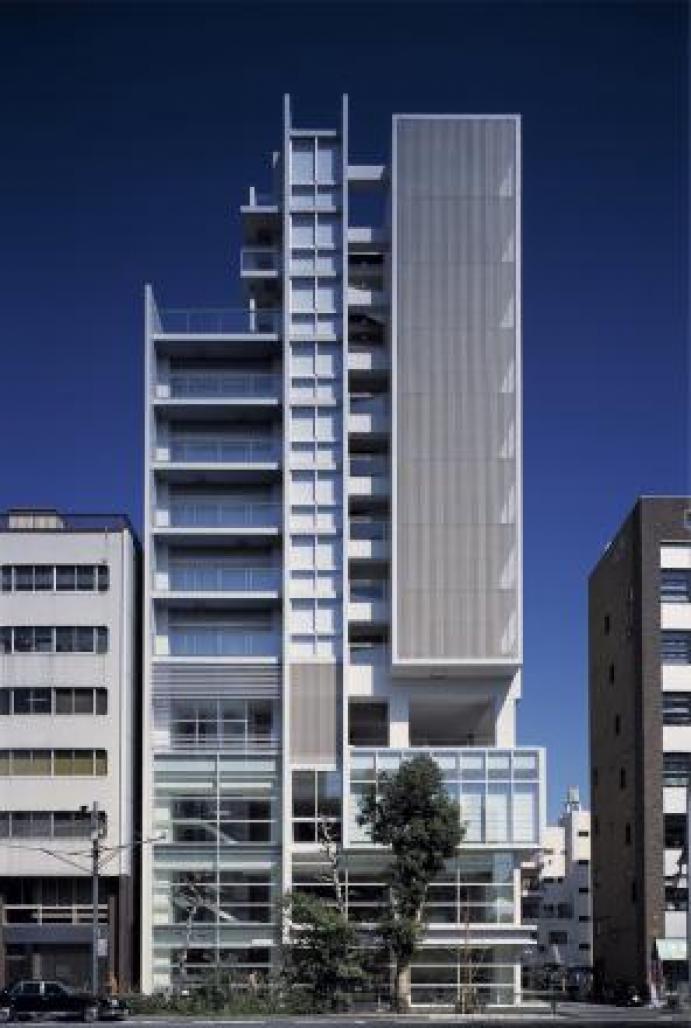
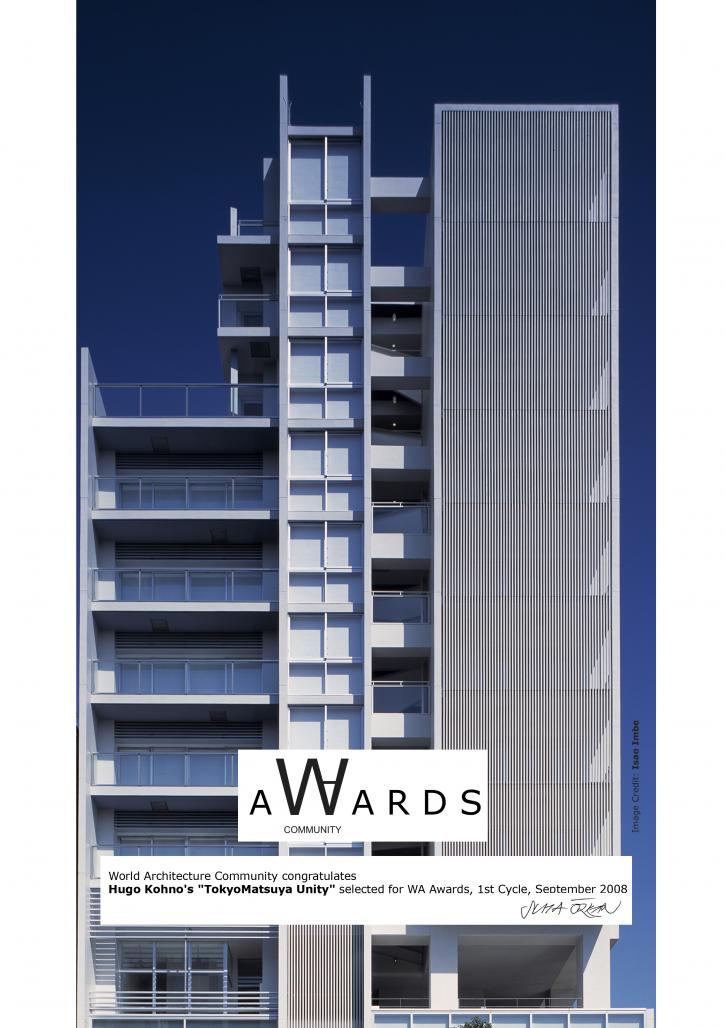

.jpg)
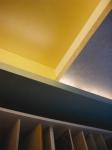
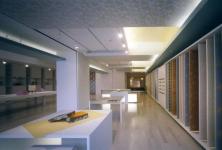
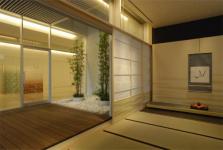
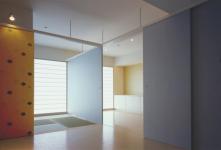
.jpg)

